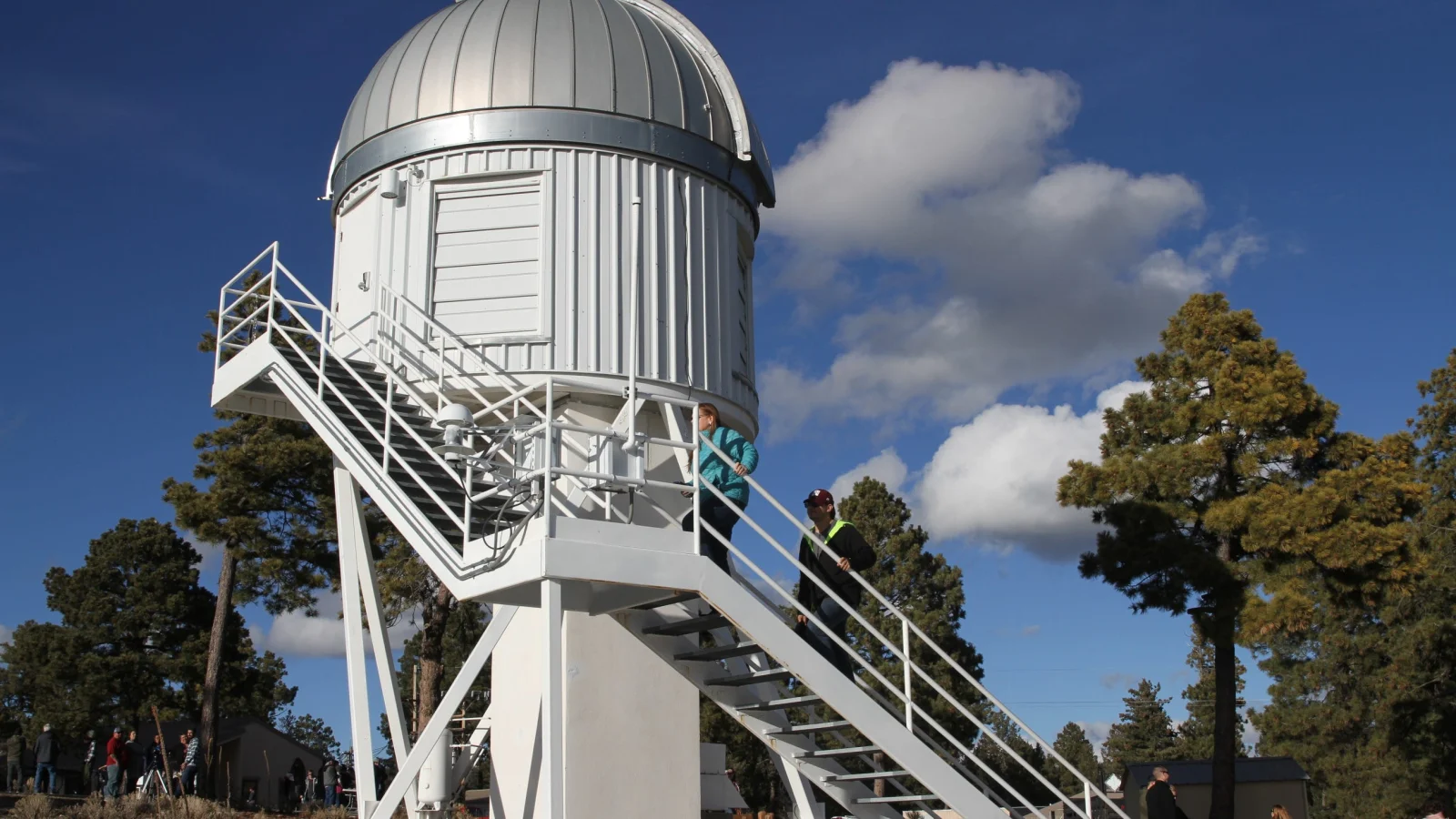Ground Instrumentation
SDSS-III and SDSS-IV

Third and fourth editions of the Sloan Digital Sky Survey obtaining spectra of a large number of objects

The Sloan Digital Sky Survey (SDSS) is a large multispectral survey of images in the visible spectrum and redshift. It was launched in 1998 with the aim of making a detailed map of the Milky Way, searching for exoplanets and solving the mystery of dark energy.
SDSS-III is the third phase of the project (2008-2014). It uses a 2.5 m wide-angle optical telescope located at the Apache Point Observatory, an astronomical observatory in the Sacramento Mountains in Sunspot, New Mexico (USA).
The fourth generation of the SDSS, SDSS-IV (2014-2020), increased accurate cosmological measurements to a critical early phase of cosmic history, extending its infrared spectroscopic survey of the Galaxy in the northern and southern hemispheres. SDSS spectrographs were used for the first time to make spatially resolved maps of individual galaxies.
THE IEEC CONTRIBUTION
The IEEC has been part of some editions of the SDSS collaboration, which has involved more than thirty different institutions around the world. The IEEC researchers participating in SDSS-III were particularly involved in the Baryon Oscillation Spectroscopic Survey (BOSS) project, which measured the acoustic oscillations of baryons through peculiar velocities.
At SDSS-IV, the IEEC scientists worked on the Extended Baryon Oscillation Spectroscopic Survey (eBOSS) project, which aimed to accurately measure the expansion history of the Universe by observing galaxies and quasars when the Universe was less than three billion years old. Such measurements will improve current constraints on the nature of dark energy, the observed phenomenon that the expansion of the Universe is currently accelerating.
